(Fatherland) - The Biology Museum of the University of General Sciences (now the University of Natural Sciences ) was established in 1926. This is the first Biology Museum in Indochina. During the Hanoi Creative Design Festival 2024, for the first time, this special museum opened to the public.
Performed by: Nam Nguyen | November 14, 2024
(Fatherland) - The Biology Museum of the University of General Sciences (now the University of Natural Sciences) was established in 1926. This is the first Biology Museum in Indochina. During the Hanoi Creative Design Festival 2024, for the first time, this special museum opened to the public.

The biological museum on the 2nd floor of the University was established in 1926 as the first biological museum in Indochina and is still preserved intact to this day.

During the Hanoi Creative Design Festival 2024, the museum opened its doors to the public for the first time. Long lines of visitors lined up to visit this unique address.

The Museum of Biology, Faculty of Biology, Hanoi University of Science, now the University of Natural Sciences at 19 Le Thanh Tong, Hanoi is the first Museum of Biology in Indochina and Vietnam, established in 1926. Located at the entrance of the Museum is a well-preserved skeleton of a large Asian elephant.

Currently, the Museum of Biology stores and preserves hundreds of thousands of Vietnamese animal and plant specimens collected from the late 19th century to the present.

The Museum of Biology has 2,507 animal specimens, of 136 species and subspecies belonging to 70 genera, 26 families, and 10 orders. Compared to the total number of animal species currently in Vietnam, the collection of animal specimens at the Museum of Biology of the Vietnam National University, Hanoi accounts for 45.3% of the number of species (136/300).

The museum preserves many rare specimens, some of which are only available in the Museum of Biology and not in the collections of other museums in Vietnam, such as stuffed specimens of Gaur (Bos gaurus), Wild Boar (Bos banteng). In particular, the museum has holotype and paratype specimens (skin and skull specimens) of the Central Vietnamese Black-cheeked Crested Gibbon Nomascus annamensis nov. Spec, and the Douc Pygathrix cinerea.

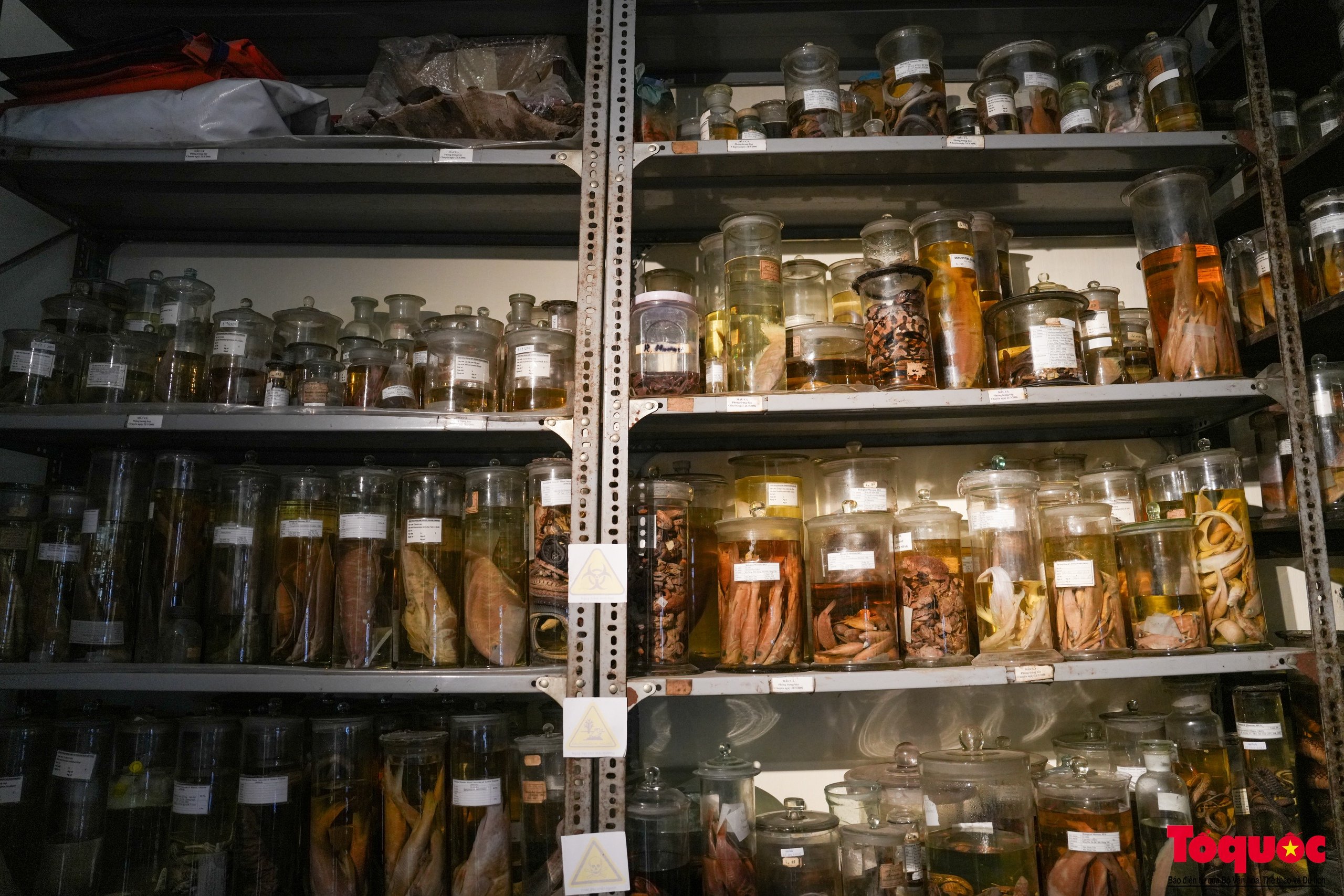

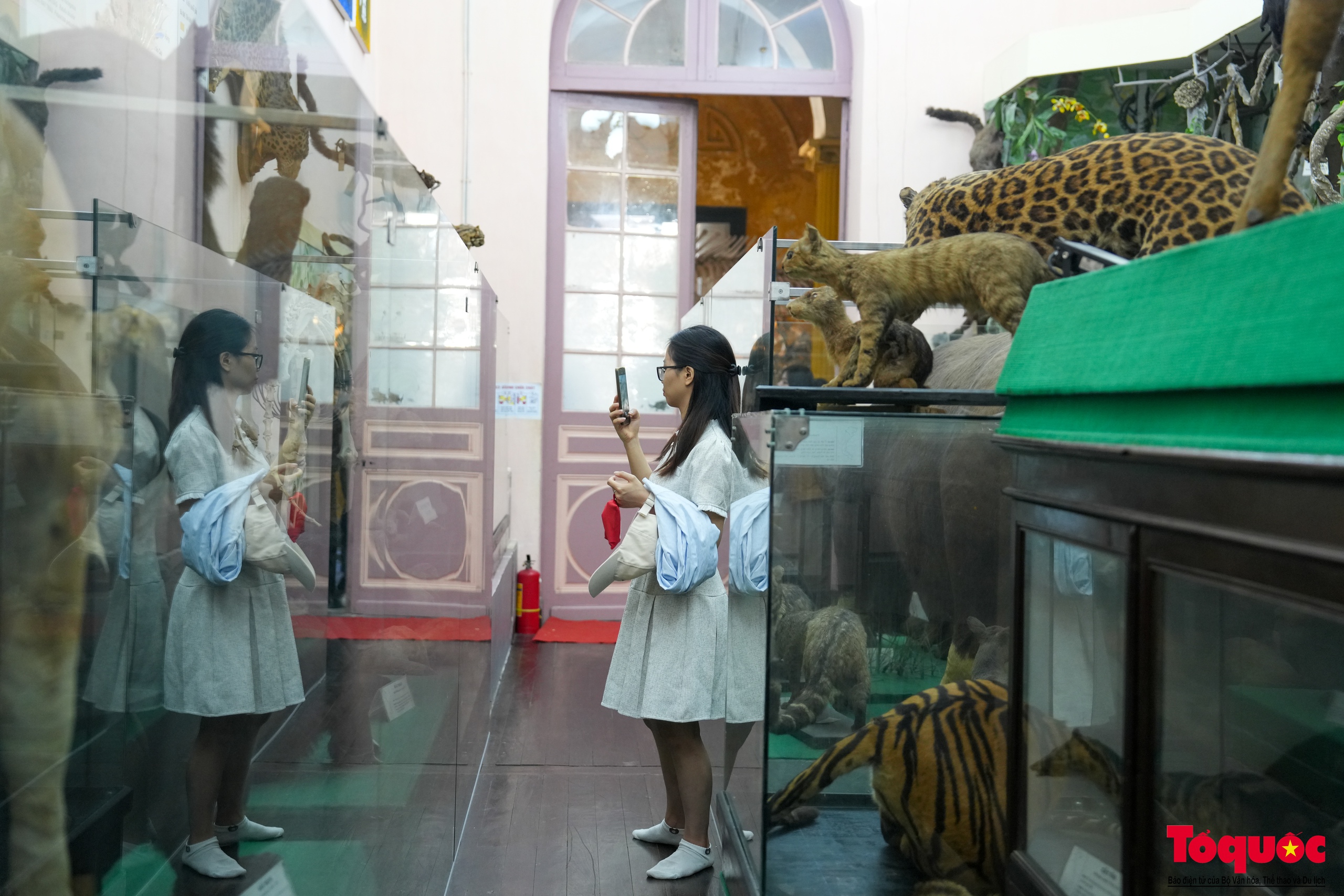
Currently, the Museum's collection lacks representatives of some mammal orders such as Dermoptera; Cetacea, Perissodactyla; Sirenia.
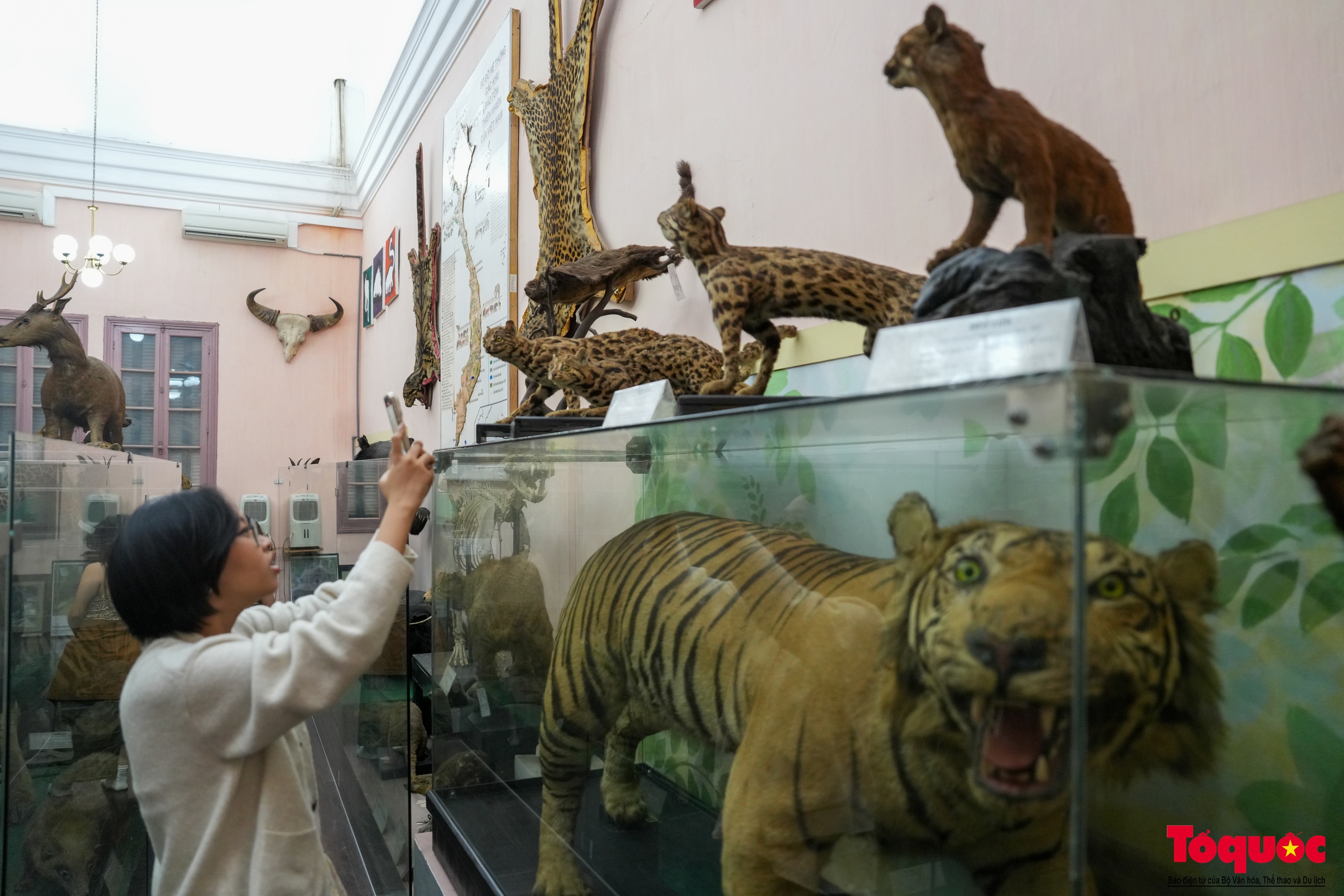
Specimens of feline species such as Indochinese tiger, jungle cat, leopard, clouded cat...
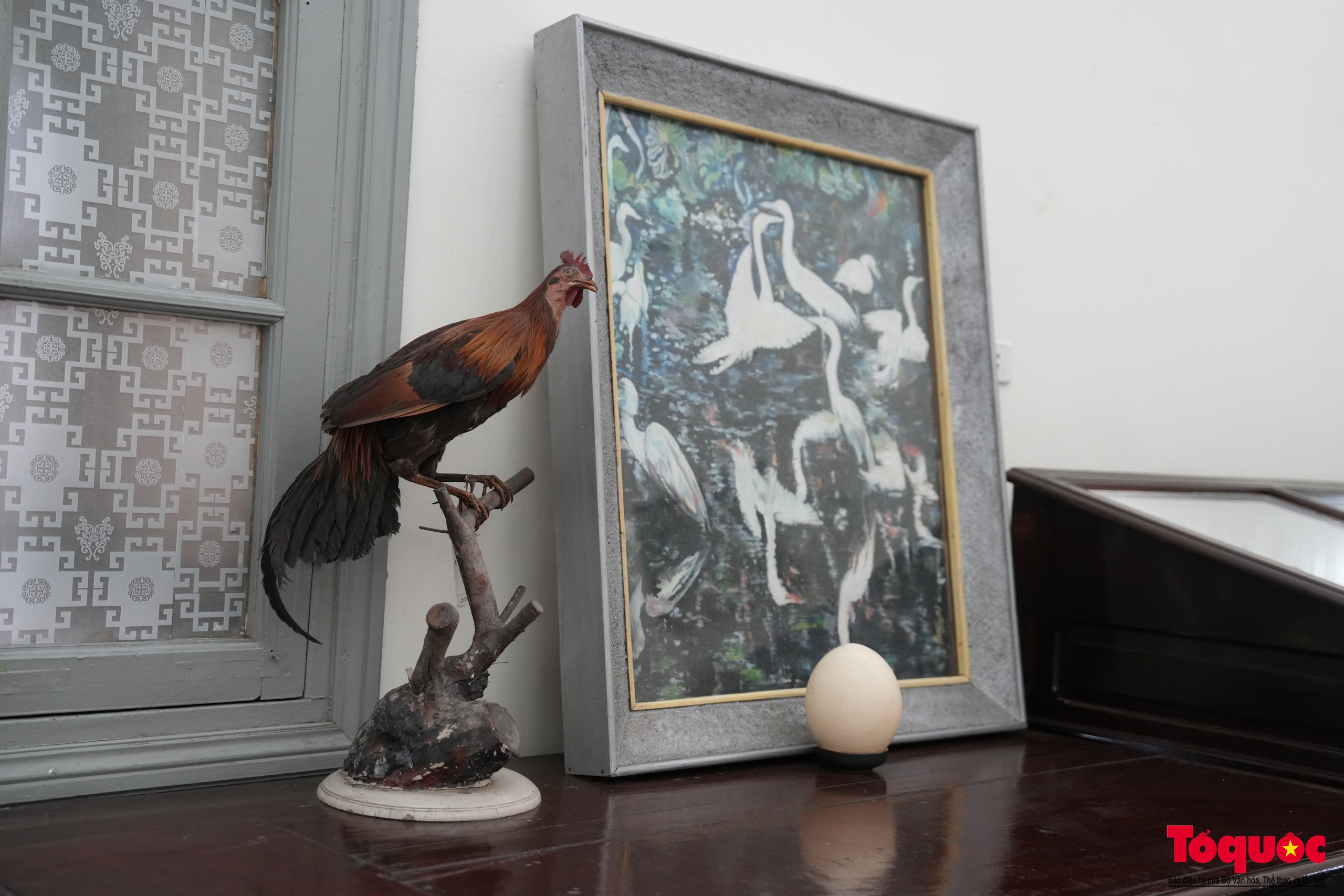
Since opening to the public, the Biology Museum has been an attractive destination for many people in the capital.

To ensure the safety of the original artifacts, the Museum also recommends that visitors must be over 15 years old, and each visit lasts 10 minutes.

Another space displays a collection of bird specimens. Typical species of birds in the order Citronella such as the Hornbill, the Toucan...


A well-preserved specimen of an Asian baby elephant.

This collection currently has 2,674 specimens of 381 species, accounting for 45% (381/848) of the total number of bird species currently in Vietnam, belonging to 18 orders and 68 families.
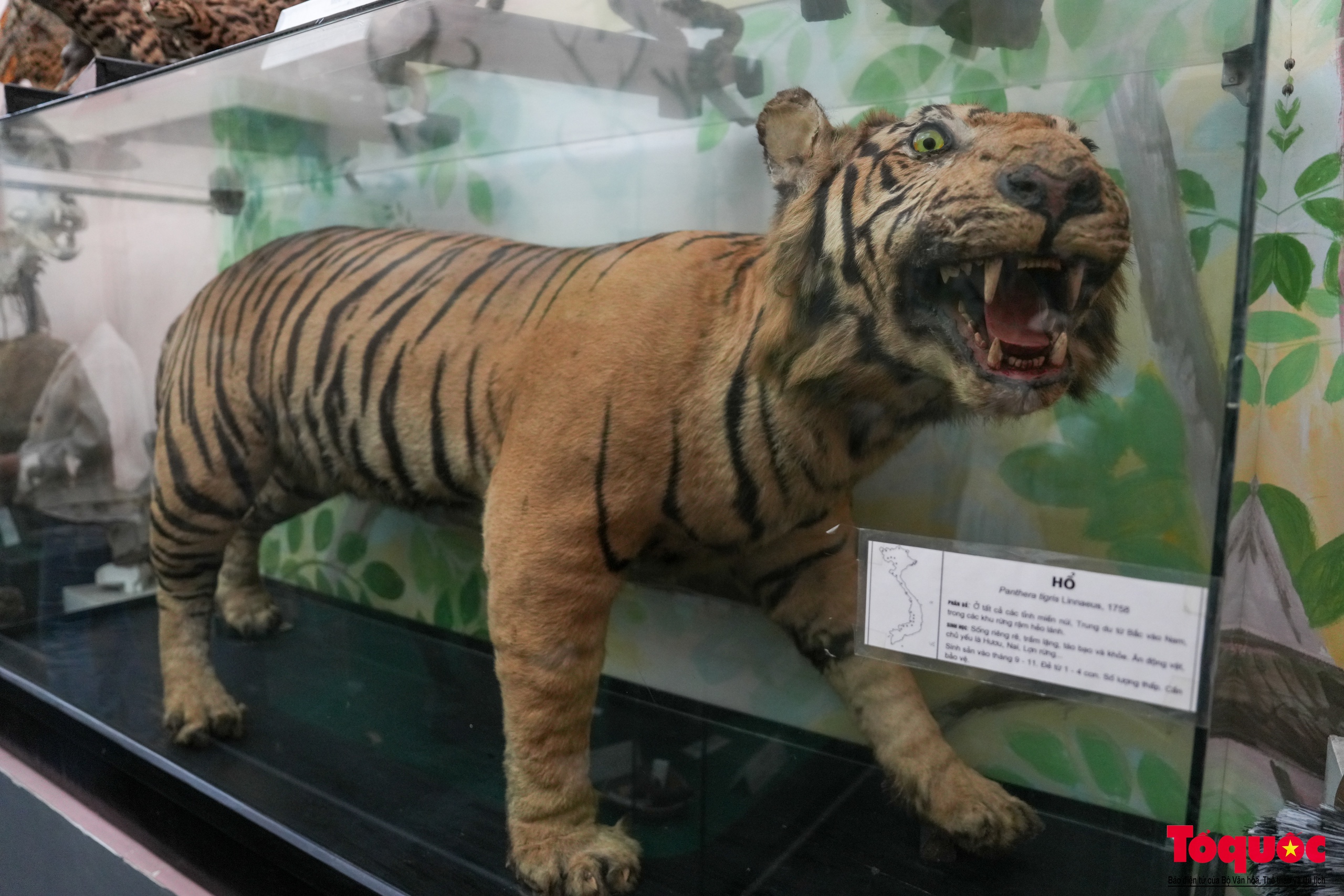

The museum will be open to the public and visitors from November 9-17.
Source: https://toquoc.vn/kham-pha-bao-tang-sinh-hoc-dau-tien-lau-doi-nhat-cua-dong-duong-tai-ha-noi-20241114144154287.htm


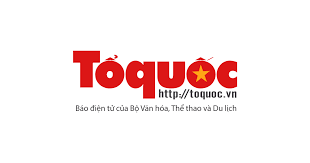






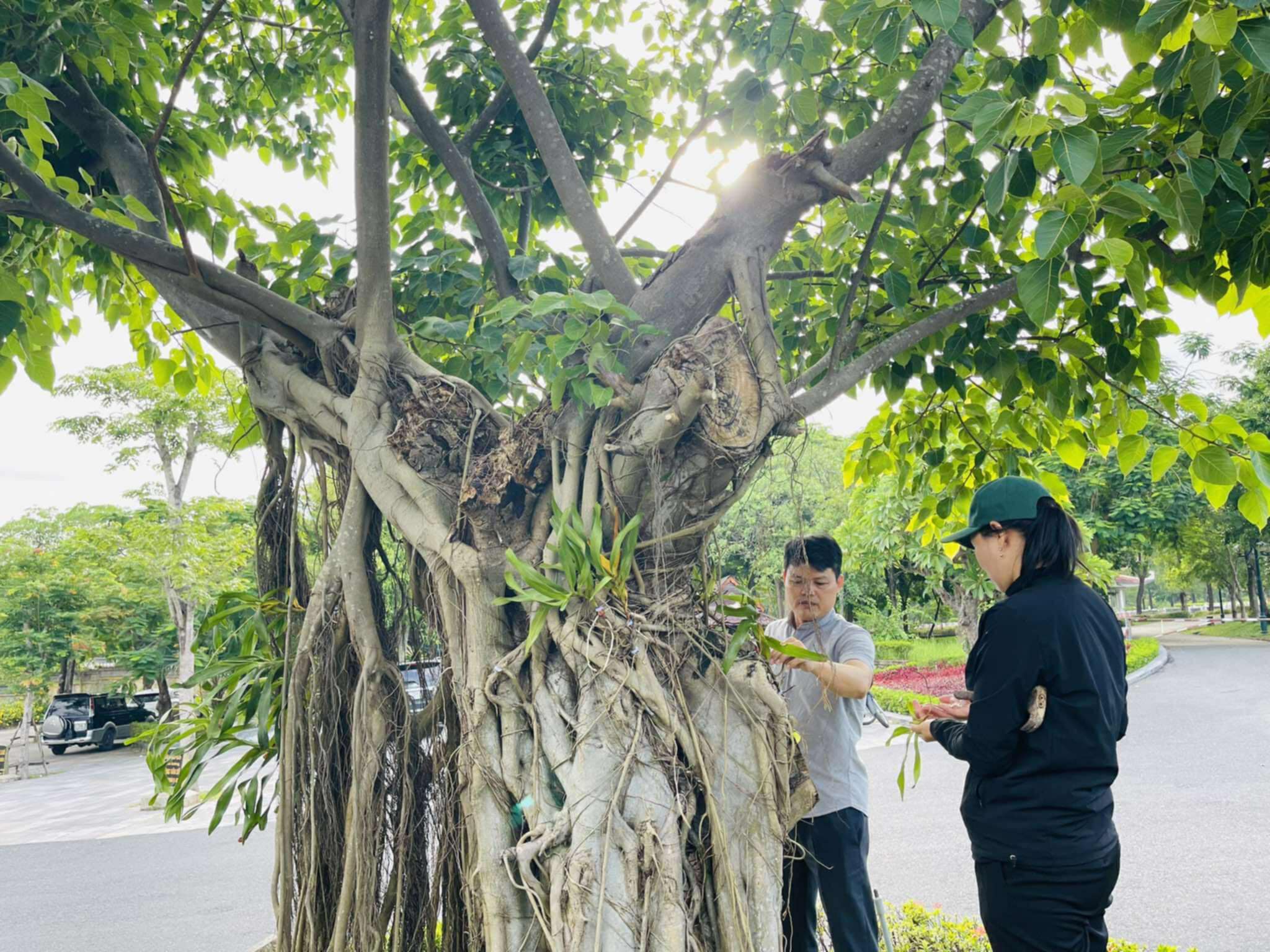






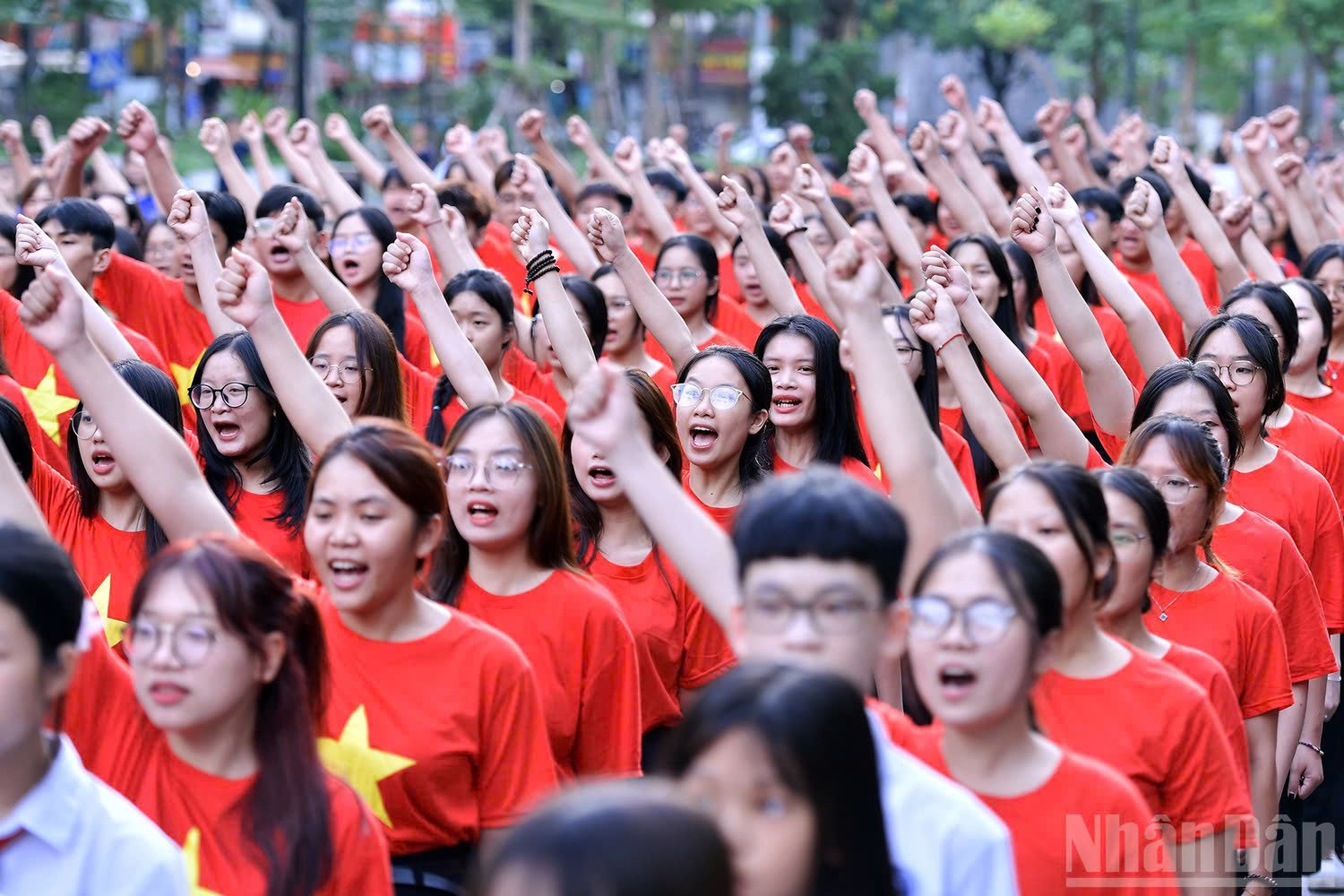

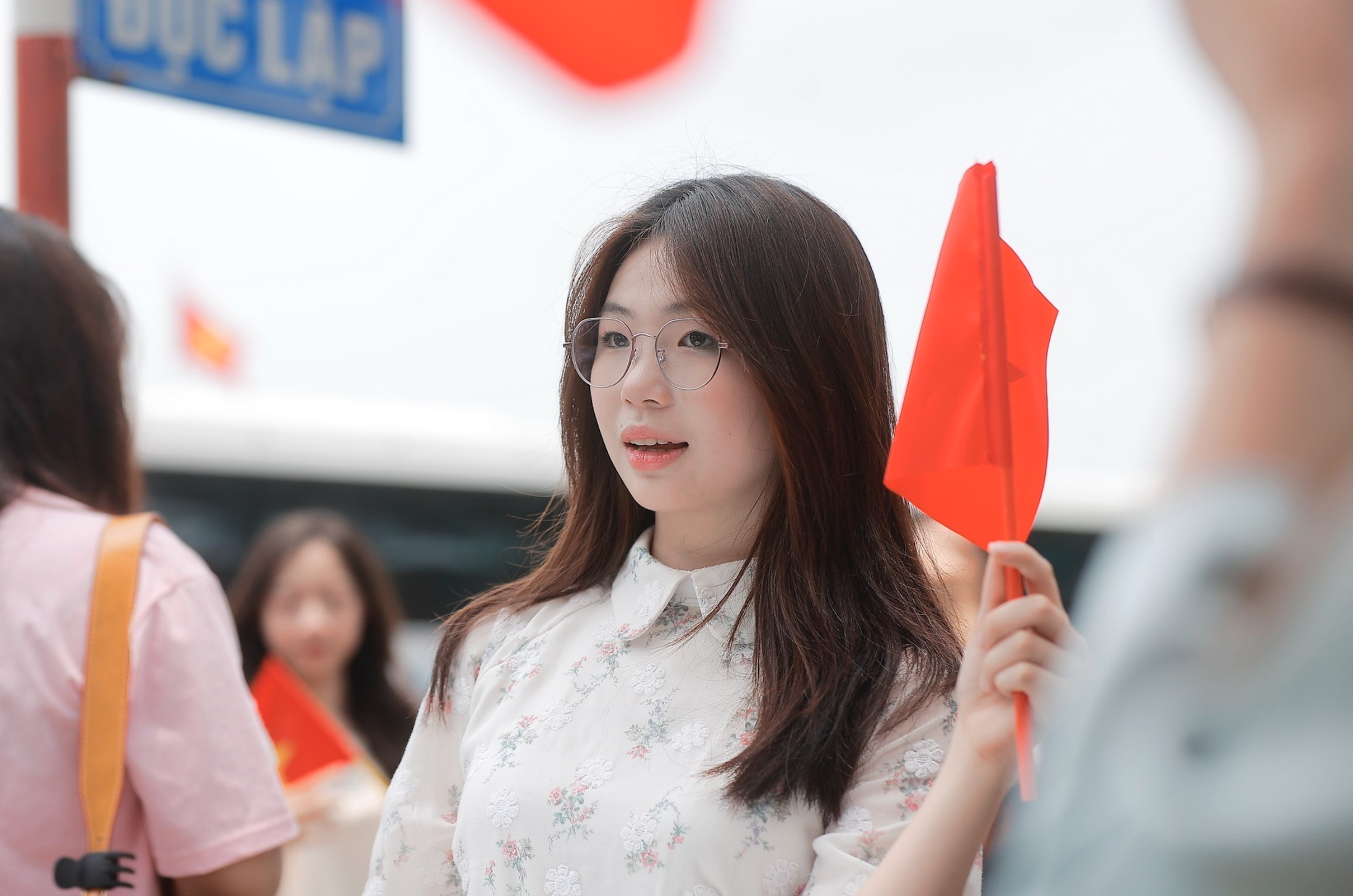

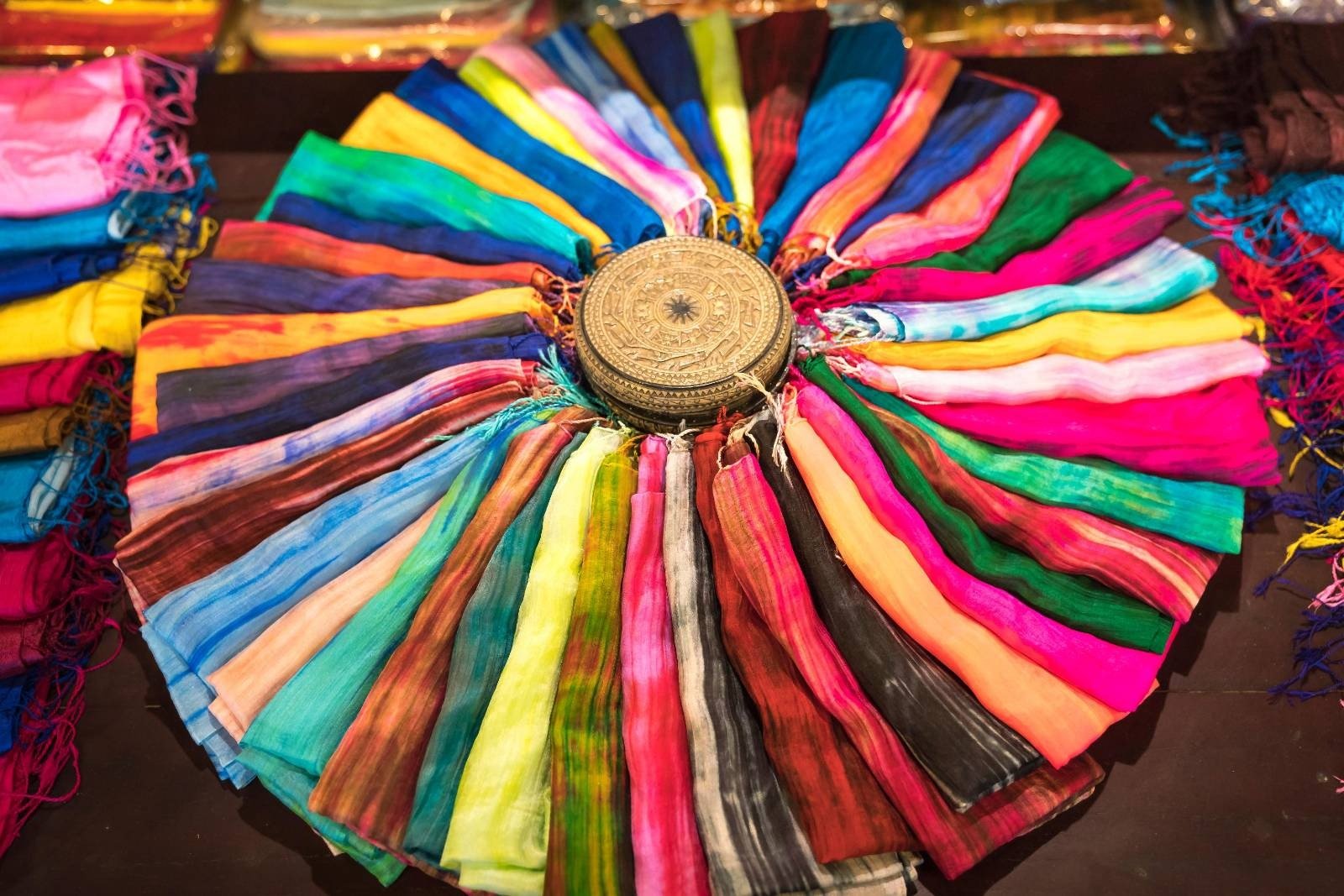


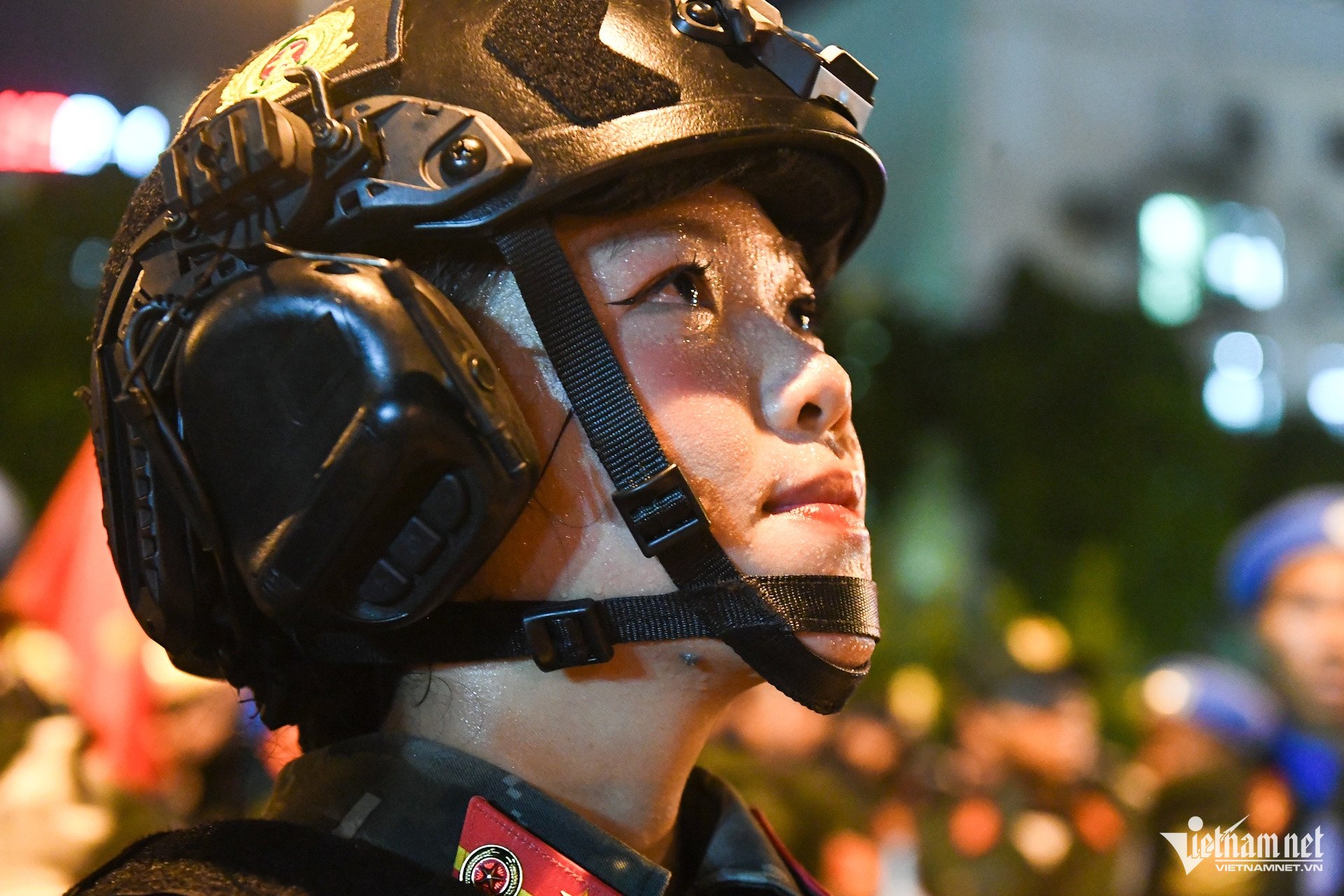





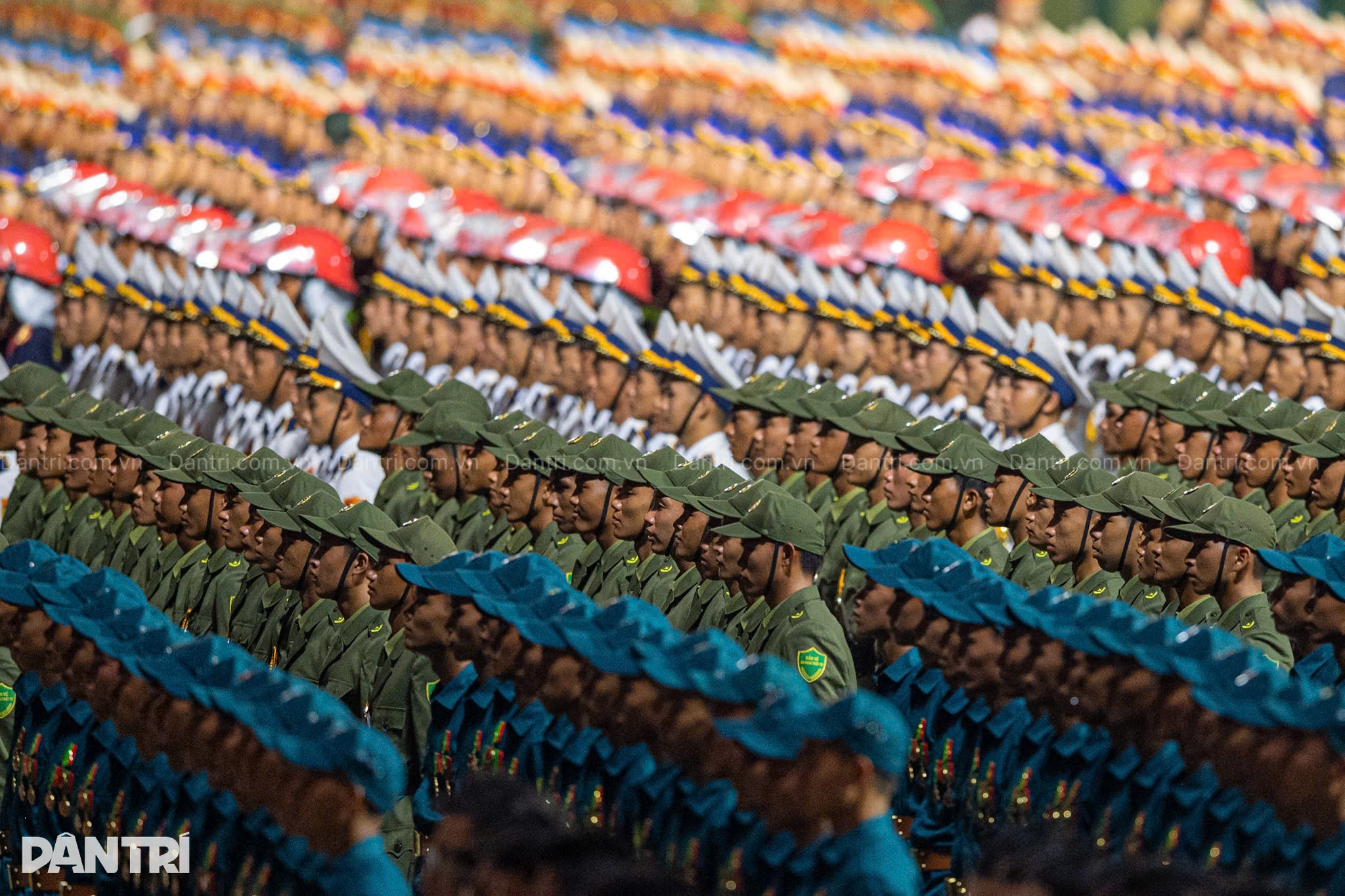
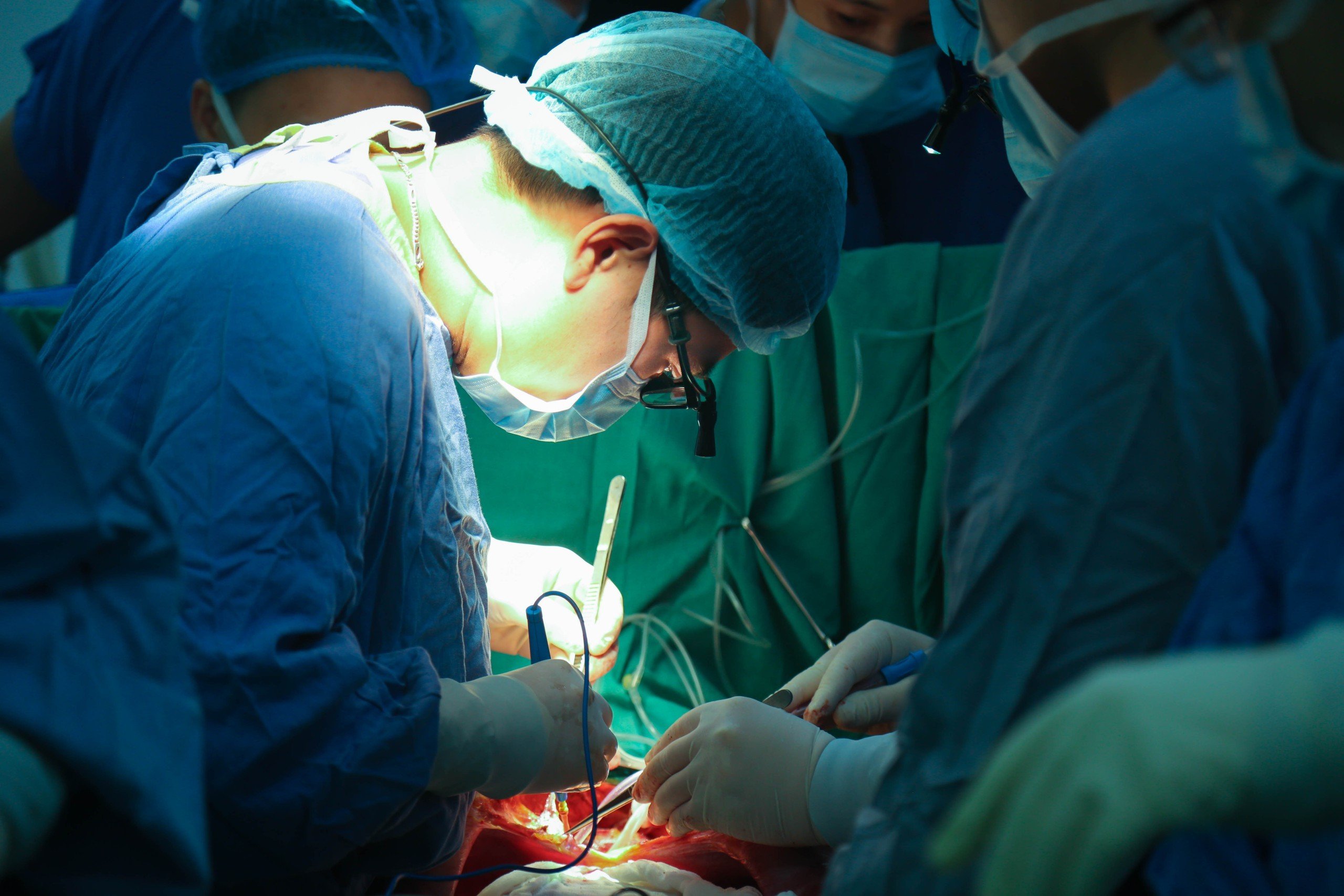









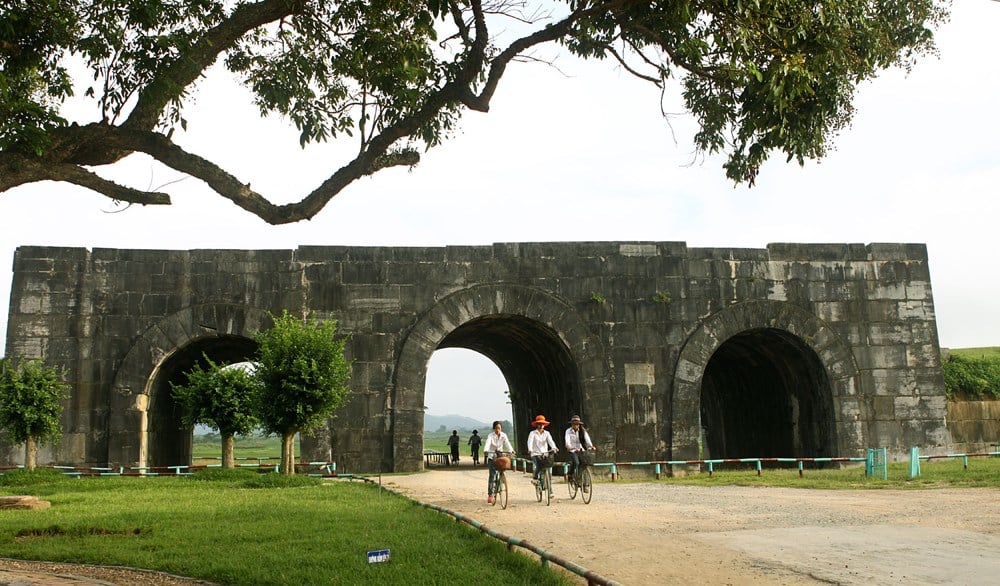

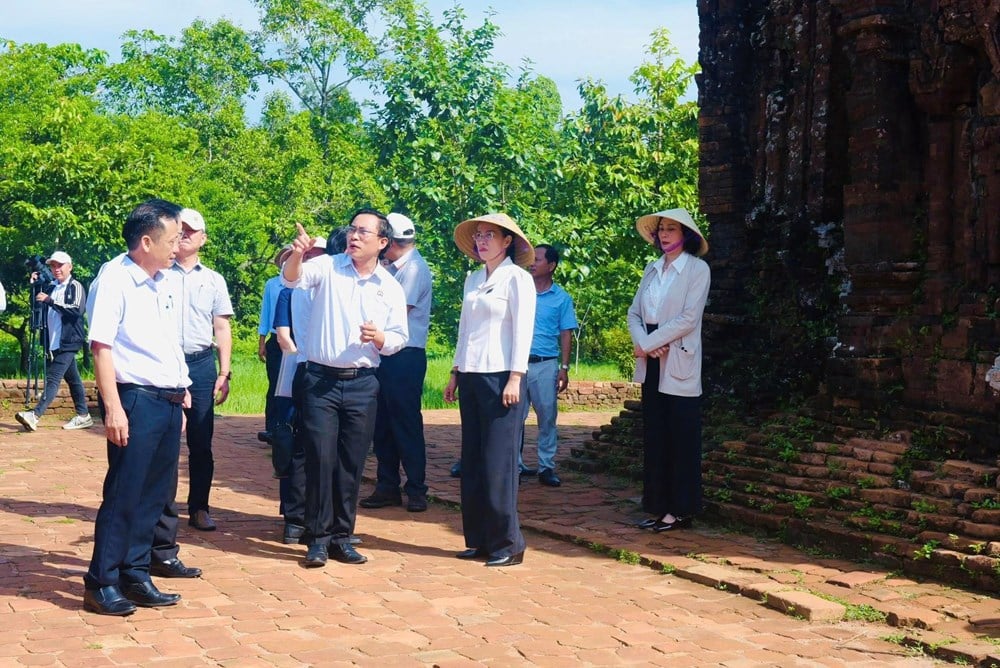





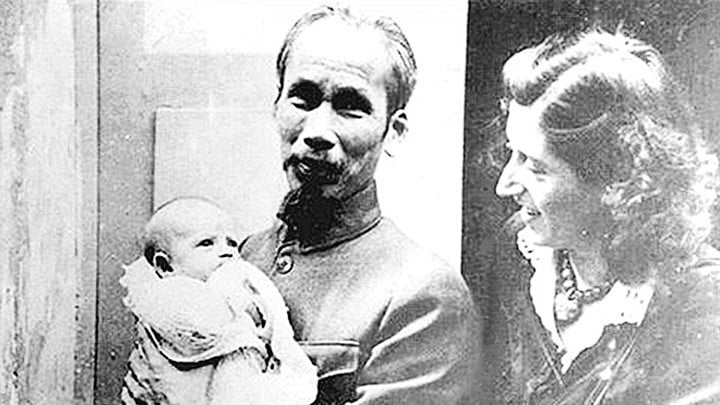


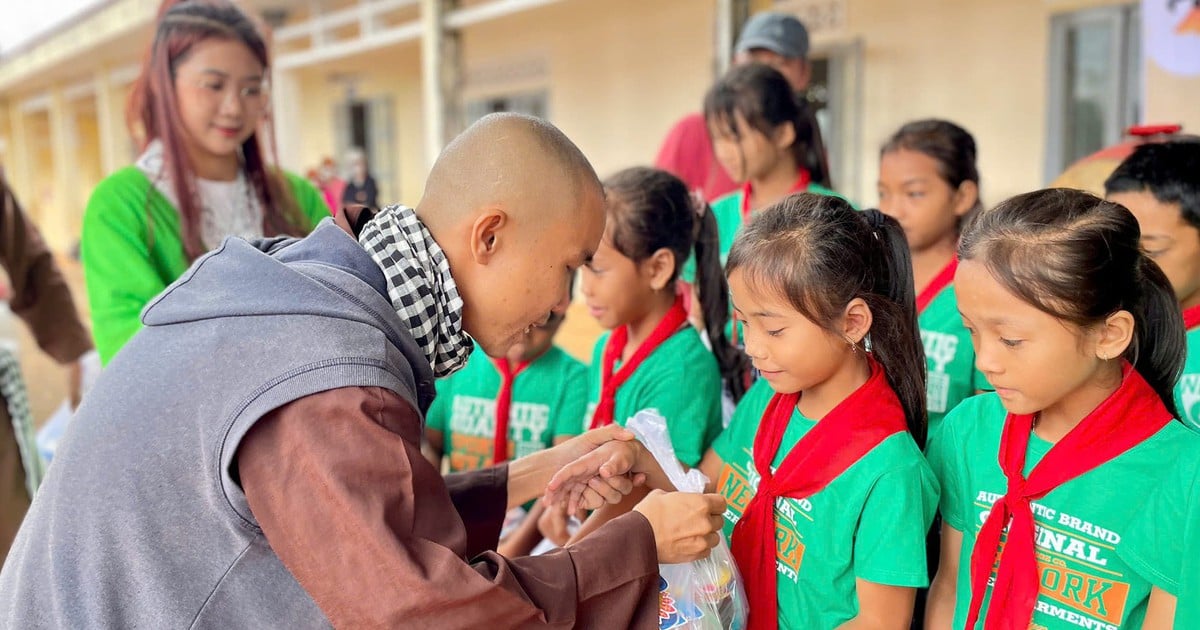










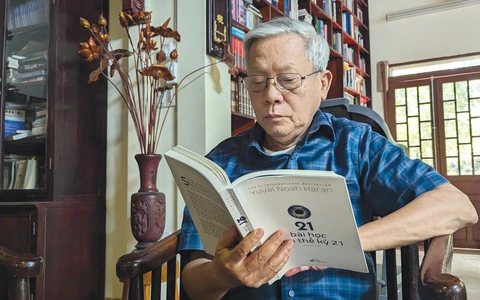
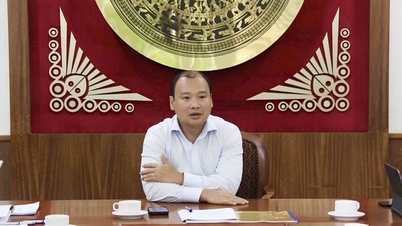





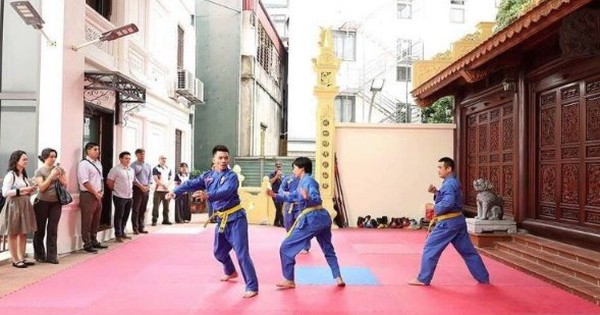


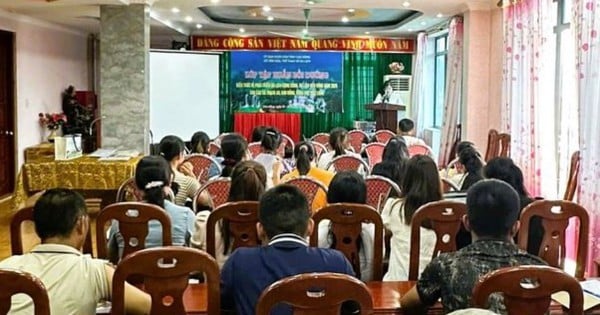













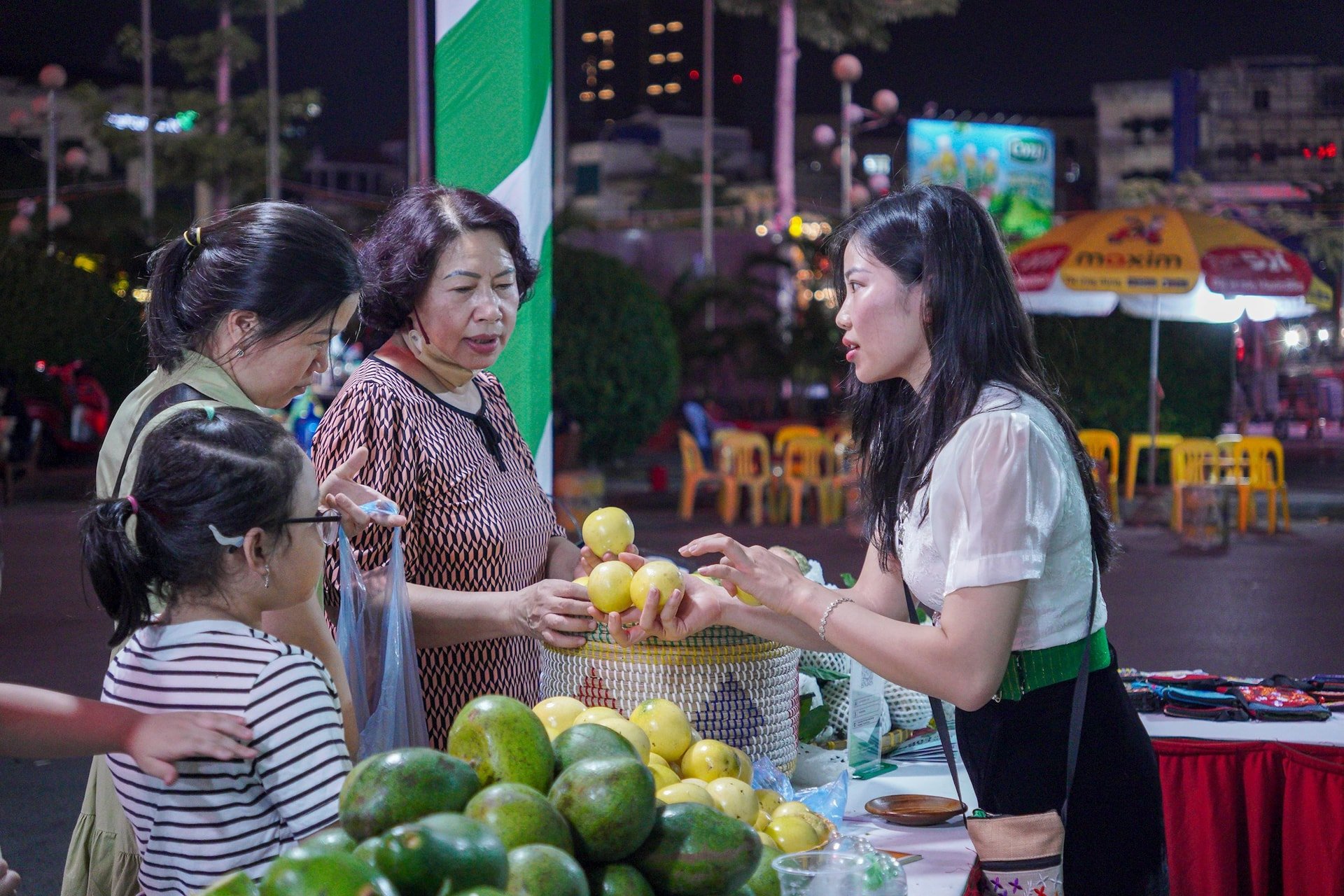










Comment (0)